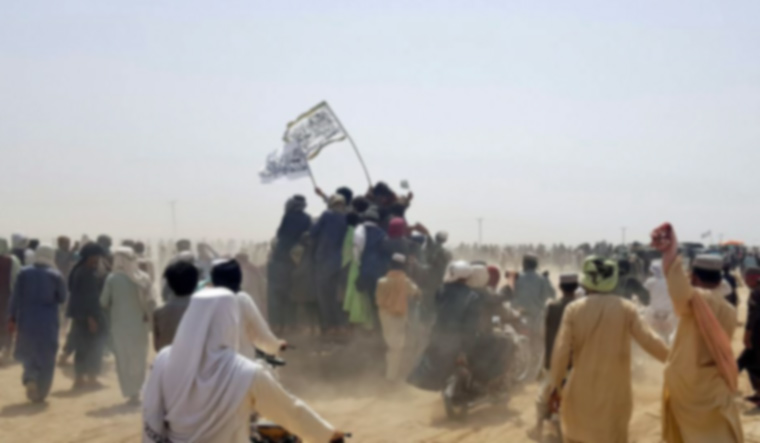When Taliban seized Kandahar during its violent rampage through Afghanistan, the signs were there for all to see. It was something epochal. Kandahar was the economic hub of the south, crucially important in agricultural and industrial terms. Moreover, there is historic symbolism attached to the region, which was under Taliban control and ruled by the erstwhile Mullah Omar in early 2000s.
Now, after essentially capturing the western, central and northern (except pockets of resistance like Mazar-i-Sharif) provinces, the militants seem to have arrived at the doorsteps of national capital Kabul. Multiple reports claimed that Qalat in Zabul province, Tarin Kot in Uruzgan, Pul-i-Alam in Logar and Firuzkoh have fallen into Taliban hands. Logar, which is the home town of Afghan president Ashraf Ghani, is situated a mere 100km away from capital Kabul.
Earlier, the militants had also taken control of the crucial city of Ghazni, through which they control an important highway that could block all reinforcements and supplies to Kabul. Bill Roggio, editor of the Longwar journal, tweeted that there were reports of Taliban entering the capitals of Wardak, Paktika, and possibly Daykundi.
If that is the case, combined with news of collapse of Logar and Ghazni, Kabul could be sitting duck for the Islamist militants and surrounded from all different sides.
The militants have taken control of 14 of Afghanistan's 34 provincial capitals since August 6. The first big blow this week was the capture of Herat province, where the Taliban took legendary warlord Ismail Khan as a hostage. Known as the 'Lion of Herat', the Jamaat-e-Islami leader has been building up resistance against the Taliban insurgents who were at the Herat doorsteps, capturing key districts one after another. Ismail Khan was a part of the US anti-Taliban coalition in the early 2000s.
The southern Helmand province, where some of the bloodiest wars were fought between Taliban and the West during the civil war, has also fallen.
What is the outlook for the Afghan government?
Not very optimistic. The government in Kabul controls just three remaining major cities—Kabul, Jalalabad and Mazar-i-Sharif in northern Balkh. The group have said that they expect to complete their takeover of Afghanistan within seven days. The blitz through the Taliban's southern heartland means the insurgents now hold half of Afghanistan's 34 provincial capitals and control more than two-thirds of the country.
There are reports that the Afghan government has a faint hope in the US's last-minute decision to send 3,000 US troops to Afghanistan, ostensibly to to help partially evacuate the US embassy. However, reports have stressed that the newly arriving troops' mission is limited to assisting the airlift of embassy personnel and Afghan allies, and they expect to complete it by month's end. But they might have to stay longer if the embassy is threatened by a Taliban takeover of Kabul by then.
The Biden administration in the US considers it a possibility that the Afghanistan capital of Kabul could be isolated by the Taliban in the next 30 to 60 days. According to another assessment, the national capital could collapse within 90 days. Biden had given the Pentagon until August 31 to complete the withdrawal of the 2,500 to 3,000 troops that were in Afghanistan when he announced in April that he was ending US involvement in the war. That number has dropped to just under 1,000, and all but about 650 are scheduled to be gone by the end of the month; the 650 are to remain to help protect the US diplomatic presence, including with aircraft and defensive weapons at Kabul airport
With inputs from PTI




